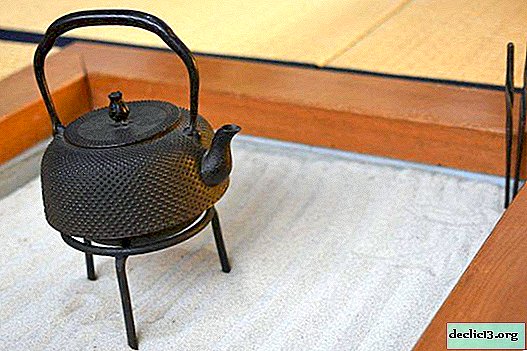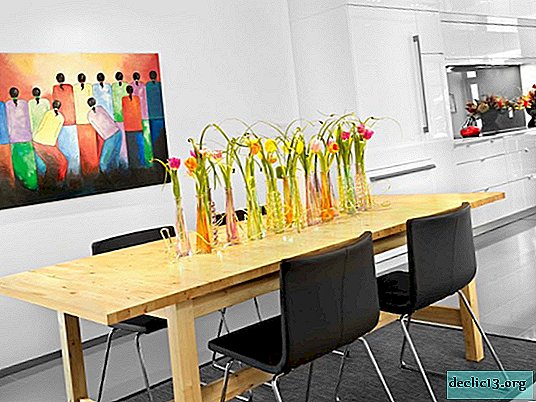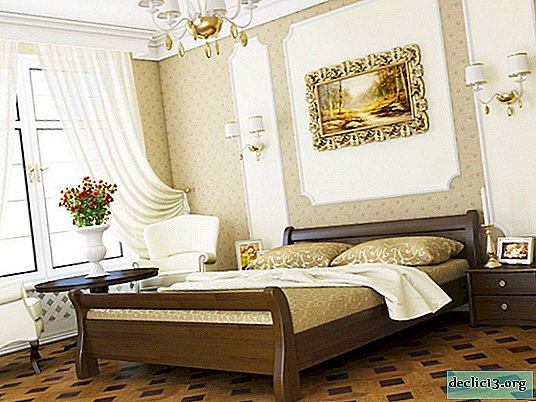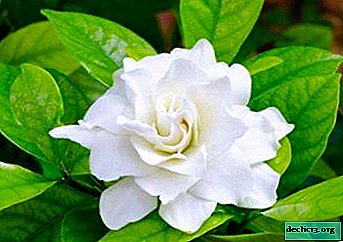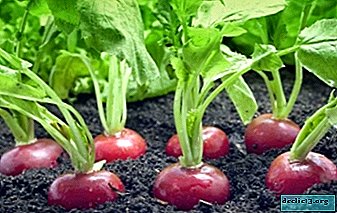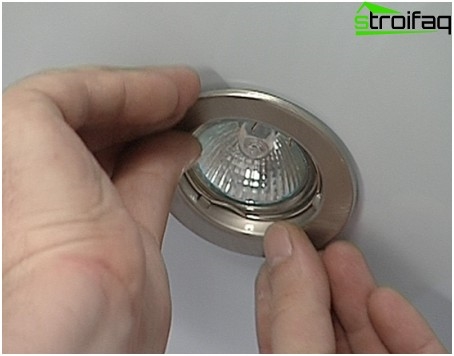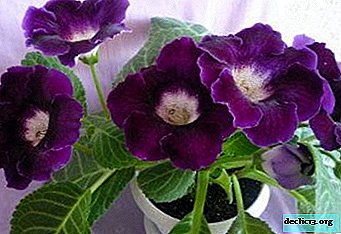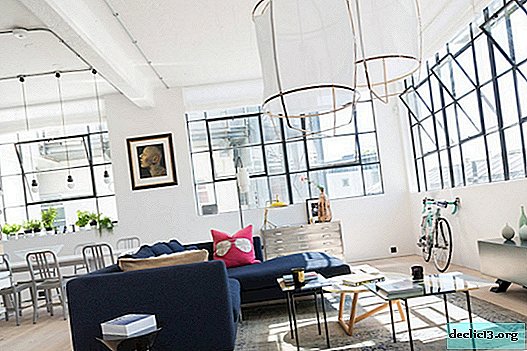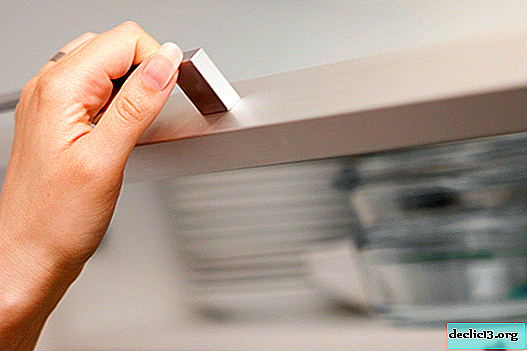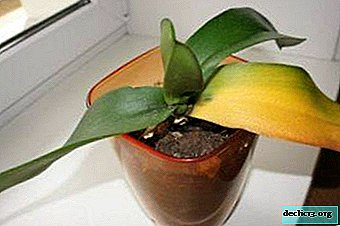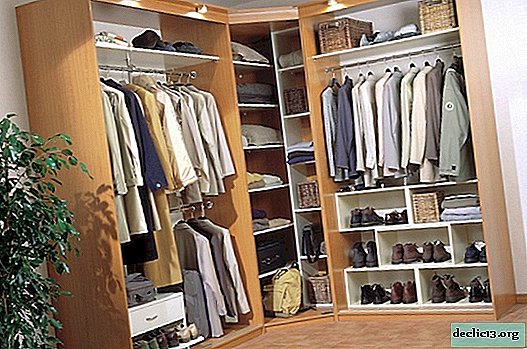Is Smaragdia begonia suitable as the first houseplant?
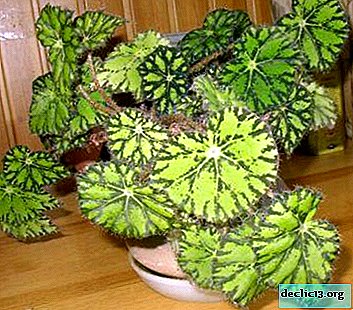
Enumerating the types of indoor plants, one should not lose sight of begonias, which surprise with a variety of shades of leaves and elegant flowering buds.
Some gardeners "slander" this beauty, calling her capricious. But we want to reassure you - this is not so. Begonia is one of the most unpretentious and easily grown plants.
Such a flower will become a real pride of the owner and can take its rightful place in the collection of indoor plants, every day delighting the household with its unique and amazing appearance!
Botanical Description and History
Imperial begonia is a perennial herb of small height (up to 25 cm). It features creeping shoots. The foliage is whole, takes a different shape: from round to ovoid, which reach 8 - 10 cm in length and 6 - 8 cm in width. The leaf plates are pointed, at the base are beveled heart-shaped. Also, juicy veins of dark green color are clearly visible on the leaves.
Like other types of begonias, this type is also covered with small hairs that give the plant a velvety appearance. Petioles in length reach a maximum of 10 cm. Peduncle is relatively short - no more than 11 - 14 cm, on which white flowers are placed. On the pedicels of the Emerald Begonia there are both male and female flowers. In feminine flowers, a triple seed box is formed on top of the petals.
It’s not a secret for many that the priests Charles Plumier discovered the flowers of the Begoniev family during an expedition to the island of Haiti. The plant owes its name to the governor of this island, Michel Begon, who, moreover, became the sponsor of the scientific trip.
The natural habitat of the entire family is the tropical and subtropical forests of South America, Asia and Africa. Mexico is considered the birthplace of the imperial beauty.
Appearance
 Green leaf plates with emerald overflows. They acquire a very unusual texture due to the numerous warty tubercles. The leaves are rough to the touch.
Green leaf plates with emerald overflows. They acquire a very unusual texture due to the numerous warty tubercles. The leaves are rough to the touch.
Flowers that do not exceed 0.5 cm in diameter usually appear in the winter (January to April). They are white with a green tint and are collected in so-called clusters located at the very top of the peduncle, the length of which reaches 18 cm. Repeated flowering may occur at the end of summer, but does not occur continuously..
Emerald Landing Tips
The soil
Almost all varieties of begonias can be easily grown at home. But it will turn out to be done only with the right approach to the plant. Otherwise, the life span of a flower is reduced to 1-2 years, it loses its decorativeness, more often it is attacked by all kinds of diseases, and instead of elegant velvet flowers, simple flowers are produced.
Attention! Transplant young "empresses" are recommended every year in the spring. And grown-ups can already change their place of residence every 3-4 years.The pot should be chosen wide, but it should not be wider than 3-4 cm in diameter in a ball of rhizomes so that the growth goes to the ground part of the flower, rather than filling the empty space in the planting capacity. It should be noted that the flowerpot needs a shallow one - the roots of the plant are closer to the surface. At the bottom of the pot, fill approximately 30% with a drainage layer. And in order to avoid decay of the underground part of the plant, create a two-centimeter layer of wood ash.
Nutrient mix can be purchased in specialized stores. But it is possible to do this at home. To do this, mix leafy soil with river sand, peat and humus (both sod and coniferous ones are suitable) in proportions of 2: 1: 1: 1. Do not forget to check the acidity of the resulting mass. Allowed limits are 5.5 - 6.5.
Young flowers are transplanted without stress, so they can immediately be placed in a permanent place. But not everything is so rosy with the transplantation of an adult begonia. Over time, it acquires more and more fragile leaflets, which are simply impossible not to injure during transportation. Because of this, experienced gardeners, when it comes to transplanting “emeralds,” simply rejuvenate them with cuttings or rhizomes. Another reason why it is better to rejuvenate a flower than to transplant it is to maintain an attractive appearance. since, growing, begonia loses its decorative effect.
Lighting
 A begonia transplant is best done no earlier than the second decade of March. This is due to the fact that during this period daylight hours will already increase. If you want to plant a plant earlier than the recommended time, take care of the organization of additional artificial lighting.
A begonia transplant is best done no earlier than the second decade of March. This is due to the fact that during this period daylight hours will already increase. If you want to plant a plant earlier than the recommended time, take care of the organization of additional artificial lighting.
With a lack of light, the stems will go up sharply, but at the same time they will be unstable, which will lead to a lack of flowering. Sometimes this can also result in various diseases of the “Empress”. During the cultivation of young shoots, they must be protected from direct sunlight. And it is better to water young growth through the pallet or exclusively along the edges of the pot.
Flower care
Shine
In the summer, it is necessary to hide the plant from direct sunlight and place a flowerpot on the western and eastern windowsills.
Reference. In winter, you can safely rearrange flowerpots to the south side of the room. However, make sure that the flower is not located near heaters, the hot air of which can dry the leaves.Temperature
A plant native to the tropics needs to provide high air temperature. In summer, it should not fall below 18 degrees, but also not jump over the mark of 24 degrees. In winter, there is a period of rest, respectively, and the temperature regime needs to be changed - it is advisable not to warm the air above 18 degrees.
Watering and humidity
In summer, worry about regular and plentiful watering. Begonia will pay you back for dry soil with wilting and final death. The dried up topsoil will be your watering call. With the advent of winter, watering activity is reduced and oriented according to air temperature and again along the upper layer of the earth. If the room is cold, watering is reduced to a minimum.
This plant loves moist air. But in order to achieve the preservation of this condition, do not spray the air around the smaragd begonia and especially do not allow drops of water to fall on the leaves of a houseplant. The best option is to put a container of water near the flowerpot, which will act as a humidifier. Florists recommend still periodically adjust the expanded clay tray. It will also help combat dry air.
Begonia leaves have the ability to collect dust on their surface. Therefore, often wipe them with a dry cloth, and do this very carefully, so as not to damage the fragile parts of the flower.
Top dressing
All indoor flowers gratefully respond to fertilizer application. the best time for this procedure is the onset of the budding period. Fertilize the plant twice a monthusing a ready-made mineral complex for this.
IMPORTANT! It is advisable to use liquid top dressing, which is based on a large amount of potassium and phosphorus. For our flowering emerald, it is not advised to use nitrogen, as it will slow down or even stop flowering. This substance is more suitable for decorative foliage plants.Pests and diseases
 I would like to note that with proper care, the plant usually does not get sick. But they can become infected with various infections and fall into the “disfavor” of pests that can be carried on a person’s clothes or shoes or other plants. Begonius is also in danger on open loggias.
I would like to note that with proper care, the plant usually does not get sick. But they can become infected with various infections and fall into the “disfavor” of pests that can be carried on a person’s clothes or shoes or other plants. Begonius is also in danger on open loggias.
But if nevertheless the care regimen is violated? Begonia stops flowering. This indicates a lack of lighting, dry air, suboptimal temperature, draft or excessive fertilizer. Leaves turn yellow.
The reason for this is insufficient watering, or irregular feeding.Try to fertilize the “emerald” more often, and it is better to transplant it into new soil, after which carefully monitor the regime of moistening the earth. To prevent the appearance of pests on the plant, it is necessary to treat the rhizomes with a weak solution of potassium permanganate before planting.
The imperial flower may be attacked by fungal infections due to excessive watering. Therefore, inspect the plant more often to detect the problem in a timely manner. If you find signs of rot on the leaves and shoots, immediately remove the affected areas and reduce the frequency of watering. In the fight against parasites such as aphids, spider mites insecticidal solutions will help.
Breeding
The most common method of propagation of the “Empress” is stem cuttings. It is easy even for a beginner grower. The process can be placed immediately directly on the ground and put in a warm, bright place. Just a couple of weeks you will see new shoots on the handle.
Begonia is also propagated by the leaf and even its part. The choice should fall on a large healthy leaf. They put him entirely in the water to let the little roots. When this happens, it can be transplanted into the ground. And the place to choose is the same as for an adult plant.
If you decide to propagate begonia with particles of a leaf plate, then divide it into triangles so that at least one vein remains in each. These pieces are pressed firmly to the ground and covered with a film, which is opened daily for 30-40 minutes. Soon new shoots will appear on these triangles. After that, they can be planted in normal flowerpots.
In all cases the pot should be small, rather even very small.
Begonia is not only beautiful, but also useful. It perfectly cleans the air. which is so necessary for problems with the respiratory system and the thyroid gland. And they say that this flower improves the psychological stop in the house. Therefore, quickly take up the cultivation of such a magnificent plant.

